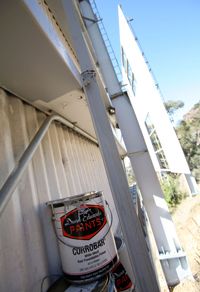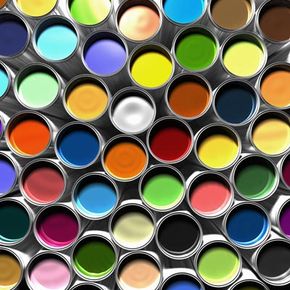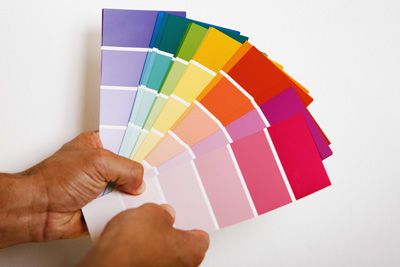Here’s the classic definition of boredom -- sitting around and watching paint dry.
But if you knew exactly what happens during those minutes and hours when paint morphs from a sloshing liquid into a thin, glossy film, you’d be fascinated.
Advertisement
And it has a lot to do with the primer. If what’s underneath the paint is not as it should be, the paint will not dry properly. It could look blotchy with an uneven sheen. It may turn out lumpy with brush marks. It could flake off sooner rather than later. Primer creates a smooth and consistent layer for the paint to be spread over and to bind onto. It’s a sturdy interface.
Consider the analogy of clothing and underwear. In addition to covering our bodies for modesty’s sake and warmth in cold weather, clothing adds beauty, style, personality and color to our persons. Paint can be like that. Underwear, on the other hand, functions as an interface between the skin and the clothing. And just as underwear can correct and mold the body so clothing looks better, primer can correct flawed and uneven surfaces so that the paint looks better and wears better.
So now that you know you need primer to get the best results, how do you know which primer to use? That all depends on your choice of paint.
Advertisement


